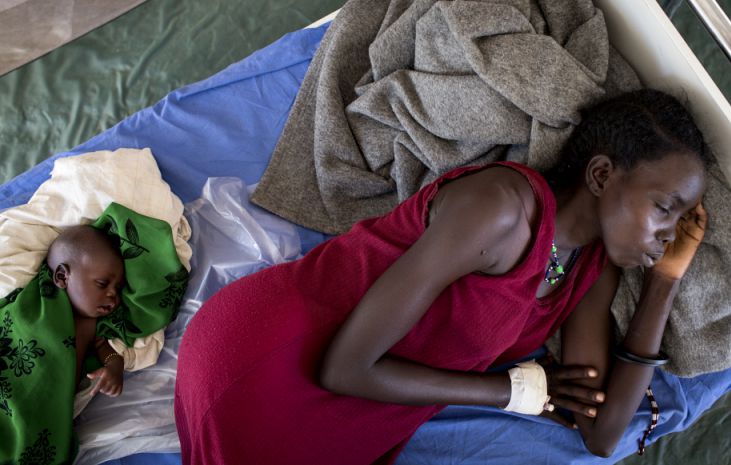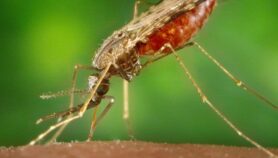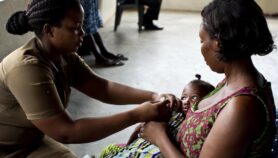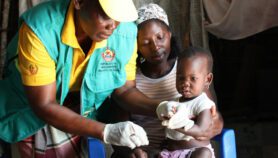By: Sam Otieno
Send to a friend
The details you provide on this page will not be used to send unsolicited email, and will not be sold to a 3rd party. See privacy policy.
[NAIROBI] A household survey in Kenya has established that the prevalence of malaria parasites remains high in adults, and that women are more likely to have malaria than men.
The WHO says that globally malaria caused around 627,000 deaths in 2013 and that children under five years living in Sub-Saharan Africa were mostly affected. An estimated 584,000 deaths (90 per cent) occurred in Africa.
The survey of adults in Kenya’s Kisumu County found that women were 50 per cent more likely to have malaria than men.
“Policymakers and authorities in Kenya must implement innovative interventions in endemic areas which they already know but tend to do nothing about them.”
Charles Chunge, Centre for Tropical and Travel Medicine, Kenya
According to the study published in the Malaria Journal last month (8 July), researchers randomly sampled 1,158 adults from the county using the Kombewa West health and demographic surveillance site from December 2012 to June 2013.
Rachel Jenkins, a co-author of the study and a professor emeritus of epidemiology and international mental health policy at King’s College London, United Kingdom, tells SciDev.Net that interviews were used to record socio-demographic data and blood samples were collected to test for malaria parasites.
Jenkins says that prevalence of malaria parasite in Maseno area of Kisumu County remains relatively high at 28 per cent.
Jenkins notes that in the study area, HIV prevalence is higher in women. This situation, Jenkins adds, may have contributed to the higher prevalence of malaria found in women, because HIV is known to cause loss of immunity, with adults who have HIV more likely to have malaria than those who do not.
“In addition, pregnant women … lose the acquired semi-immunity of adulthood, and are more prone to contracting malaria than other adults, so this may also contribute to the higher prevalence found in women.” Jenkins adds.
“The study’s findings require health workers to be aware of the higher rate of malaria in women in endemic areas, test for the parasites and consider treatment if appropriate,” Jenkins advises.
Charles Chunge, director of Kenya-based Centre for Tropical and Travel Medicine, urges appropriate interventions in Kenya and other parts of Africa where malaria is common.
Chunge says that interventions should aim at reducing the parasite load in the larger population and also preventing mosquito from biting humans through interventions such as destroying breeding sites, the use of indoor residual insecticide spraying for suitable buildings and sleeping inside insecticide-treated bednets.
Willis Akhwale, country director at the International Training and Educational Center for Health, an agency of the University of Washington in the United States, notes that most malaria control efforts in the endemic countries in Africa have been devoted to children under five years and pregnant women, largely because they are more prone to the disease.
More long-term investments are required in surveillance and diagnostics, Akhwale says.
This article has been produced by SciDev.Net's Sub-Saharan Africa desk.
References
Rachel Jenkins and others Prevalence of malaria parasites in adults and its determinants in malaria endemic area of Kisumu County, Kenya (Malaria Journal, 8 July 2015)














